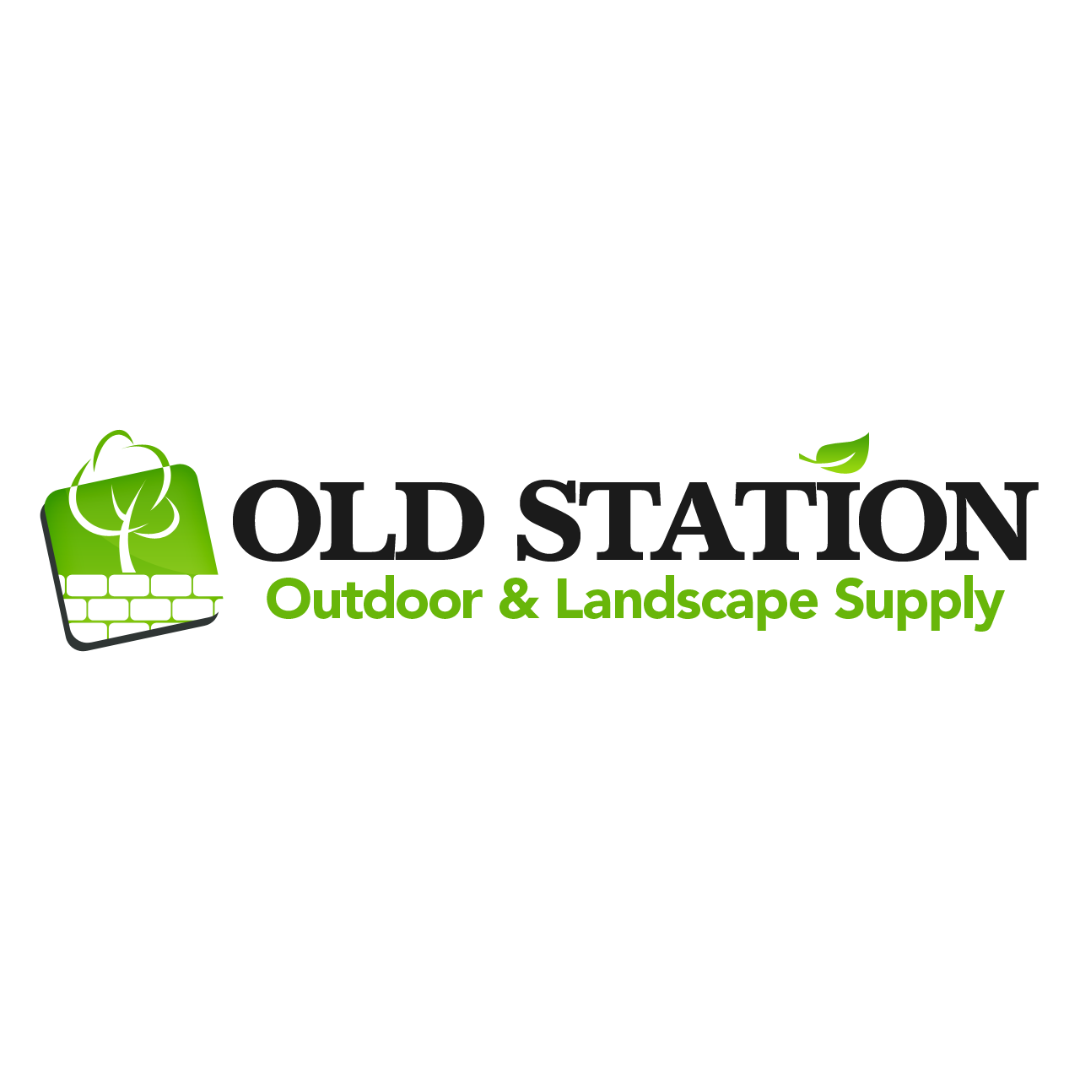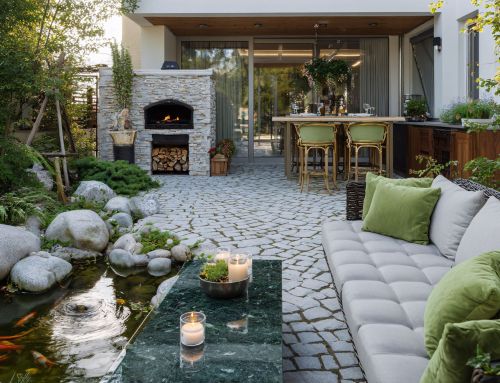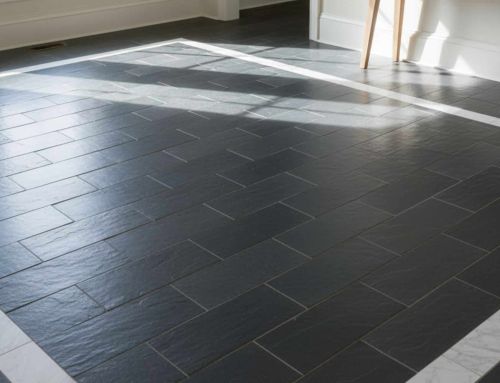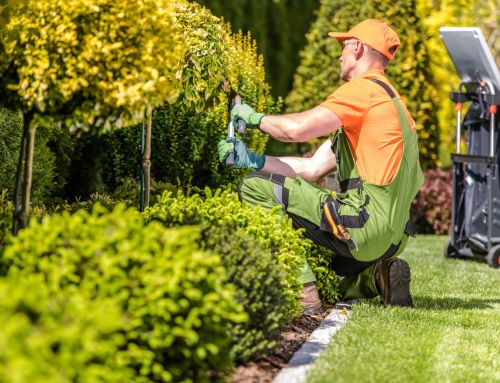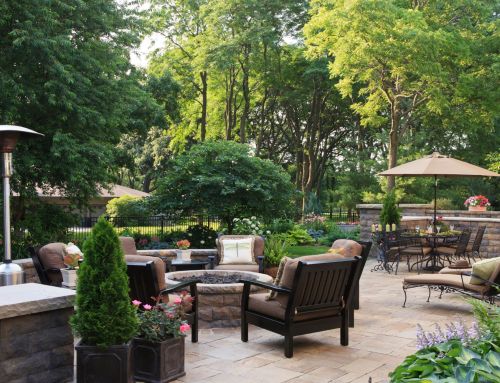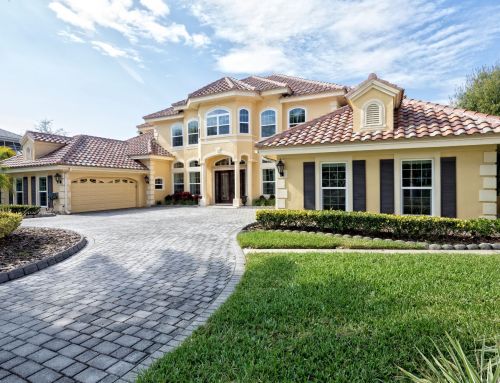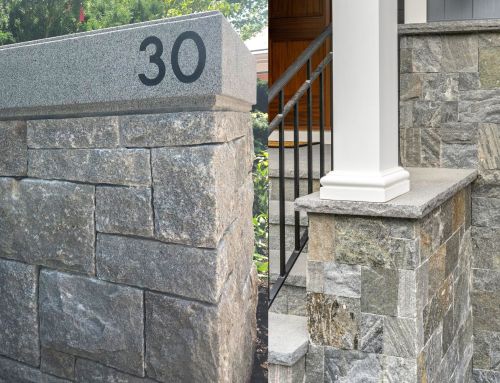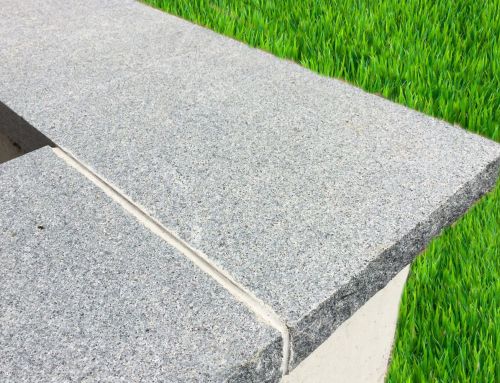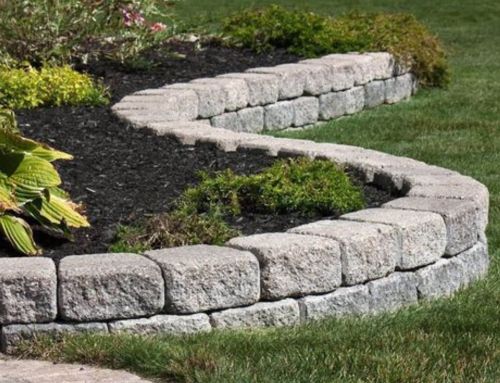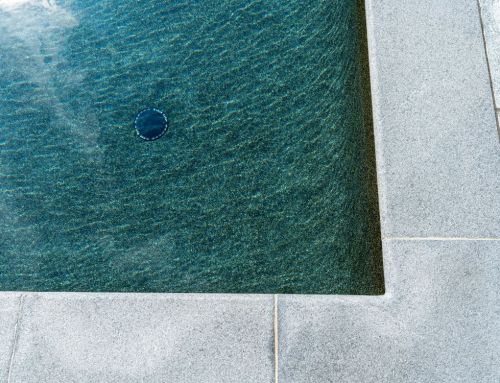When it comes to transforming your outdoor space, the materials you choose for your hardscape project are crucial. Hardscaping is all about the non-living elements in your landscape, such as patios, walkways, driveways, and retaining walls. The right hardscape supplies will not only enhance the look of your yard but also improve functionality, durability, and energy efficiency. A reputable hardscape supply store or distributor is your go-to source for a wide range of hardscape products, including pavers, wall systems, and outdoor kitchens. Choosing quality hardscape supplies is essential for ensuring durability, weather resistance, and long-lasting project success.
In this article, we’ll explore the essential hardscape supplies you need, factors to consider when choosing them, and how to make the most of your hardscape investment. We love helping our customers create beautiful and functional outdoor spaces with the best hardscape products and service.
What Are Hardscape Supplies?
Hardscape supplies are the materials used to create the non-plant elements of your outdoor space. They can include pavers, bricks, stones, wood, gravel, concrete, aggregates, and more. There are many different kinds of hardscape supplies available to suit various outdoor and hardscaping projects. In addition to these main materials, accessories such as fire pit kits, outdoor kitchen components, lighting, and water features can complement and enhance your hardscape projects. These materials form the foundation of your landscape, providing structure and organization. Whether you’re building a new patio, installing a walkway, or adding a fire pit, choosing the right hardscape materials is the first step to creating a beautiful and functional outdoor area for both contractors and homeowners as customers.
Key Types of Hardscape Supplies
Hardscape supplies are essential materials for creating durable and visually appealing outdoor spaces. These supplies include a wide range of options such as pavers, concrete, natural stone, gravel, wood, composite materials, and more, each offering unique benefits for various landscaping projects.
Pavers
Pavers are versatile and come in a variety of materials, such as concrete, stone, and brick. They are ideal for patios, walkways, driveways, and edging. Additionally, pavers are available in many colors, textures, and sizes, allowing you to easily customize your outdoor space to fit your design preferences. The cost of pavers typically ranges from $2 to $10 per square foot, depending on the material chosen.
Concrete
Concrete is a durable and affordable option for outdoor hardscaping. It can be poured into different shapes and designs, stamped, or textured to mimic stone or brick, offering versatility in appearance. Commonly used for patios, driveways, and walkways, concrete provides a cost-effective solution for many outdoor projects. The cost of concrete typically ranges from $4 to $10 per square foot, including installation.
Natural Stone
Natural stone, such as flagstone, slate, or granite, offers a rustic and organic look that enhances any outdoor space. It’s commonly used for patios, garden walls, and stepping stones, providing a timeless material that adds both texture and beauty to your landscape. The cost of natural stone typically ranges from $5 to $15 per square foot, depending on the stone type.
Gravel and Loose Materials
Gravel is an affordable and practical choice for creating pathways, driveways, or ground cover in garden beds. Mulch is another popular loose material option for garden beds and landscaping, offering both aesthetic appeal and functional benefits. It allows for effective water drainage and is easy to maintain, making it a versatile material for various outdoor applications. The cost of gravel typically ranges from $1 to $3 per square foot.
Wood and Composite Materials
Wood is often used for decks, fences, and garden structures due to its natural beauty. However, composite materials offer the appearance of wood with less maintenance and increased durability, making them a popular choice for long-lasting outdoor projects. The cost of wood decks ranges from $15 to $30 per square foot, while composite materials typically range from $30 to $50 per square foot.
Retaining Walls and Edging
Retaining walls are essential for controlling and reinforcing terrain to prevent erosion and create level surfaces, while edging serves to define garden beds and walkways. Common materials for both include concrete blocks, stone, and brick, which provide durability and structure to your landscape. The cost for retaining walls ranges from $10 to $50 per square foot, depending on the materials used.
Fire Pits and Outdoor Fireplaces
Fire pits and outdoor fireplaces are popular choices for creating a cozy, inviting outdoor space. They can be built using materials like stone, brick, or fire-rated concrete, adding both functionality and charm to your yard. Pre-built fire pits typically cost between $300 and $1,500, while custom-built fire features can range from $2,000 to $10,000.
Factors to Consider When Choosing Hardscape Supplies
Choosing the right hardscape materials for your property depends on several things, including durability, climate, aesthetic appeal, and budget. Selecting the appropriate supplies is essential, as the right hardscape materials can enhance the value and appearance of your property. A contractor can help guide you in the selection process, assisting with finding the best materials for your needs and ensuring your choices are suitable for your specific project. Here are the factors to consider
- Durability:
- Stone and concrete are highly durable and require minimal maintenance, making them suitable for various weather conditions.
- Wood, while aesthetically appealing, requires more maintenance to prevent rot and decay.
- Climate:
- For regions with harsh winters or high heat, select materials that can handle extreme temperatures.
- Concrete and stone are ideal for cold climates due to their resilience.
- Gravel is perfect for hot areas as it absorbs heat and offers good drainage.
- Aesthetic Appeal:
- Choose materials that complement your home’s style.
- Natural stone offers a rustic charm, while pavers and concrete can be molded into various designs, providing flexibility in look and feel.
- Budget:
- Hardscaping can be costly, especially with custom designs and premium materials.
- Set a budget to manage costs effectively.
- Stone and concrete may have a higher upfront cost, but their long-term durability makes them a worthwhile investment.
How to Save on Hardscape Supplies
Hardscaping doesn’t have to break the bank. Here are a few tips to reduce costs: First, always get quotes from at least three contractors to compare pricing and services. This will help you find the best deal. Another great way to save is to stick to standard sizes for your materials. Custom-sized options, like oversized pavers or custom bricks, can significantly increase the cost, so choosing standard sizes will help keep your expenses down. If you’re comfortable with basic DIY tasks, you can also save on labor by handling simple jobs like removing the old materials or prepping the area for installation.
Look for suppliers that offer delivery services and have materials ready for immediate pickup or delivery, making it easier and faster to get what you need for your project. Choosing a supplier known for exceptional service can help you save time and avoid hassles throughout the process. Additionally, consider choosing more affordable materials. Gravel, basic concrete, and recycled materials are all cost-effective options for hardscaping projects. While they may not have the same aesthetic appeal as high-end stone or brick, they can still create a beautiful and functional space. Finally, if your project isn’t urgent, scheduling your hardscaping during off-peak seasons (fall or winter) can save you money. During these times, contractors may offer lower prices due to reduced demand.
Maintaining Your Hardscape Supplies
To ensure your hardscape features last for years, regular maintenance is essential. For pavers and stone, make sure to sweep them regularly to remove debris, and use a pressure washer for deep cleaning. Additionally, resealing pavers every few years helps maintain their color and protects against stains. Concrete surfaces should be cleaned with a mild detergent and water, and resealing every few years will protect against cracking and staining.
Wood requires consistent care as well. To protect it from moisture and UV rays, treat the wood regularly with sealant or stain. Gravel, on the other hand, needs replenishing as needed. Be sure to maintain defined edges to prevent the material from spreading, keeping your hardscape intact and looking great for years.
Conclusion
Hardscaping is an excellent way to transform your outdoor space and turn your vision into reality. With the right materials, you can create a durable and beautiful landscape that enhances both the functionality and appearance of your home. The backyard is often the primary area for hardscaping improvements, providing the perfect setting for patios, gardens, and outdoor living spaces. Whether you’re planning a new patio, walkway, or retaining wall, selecting the right hardscape supplies is essential for long-term success and can help solve common outdoor design challenges.
At Old Station Outdoor & Landscape Supply, we’re dedicated to helping you create the perfect outdoor space. Our expert team will assist you in selecting the ideal materials, provide installation guidance, and ensure your hardscape project exceeds expectations. From patios and walkways to retaining walls and garden beds, we offer a wide selection of high-quality materials to suit every need. Whether you’re embarking on a small project or a full-scale transformation, we’re here to make the process seamless and stress-free. Contact us today to begin transforming your outdoor vision into a stunning reality!
FAQs
What materials are used in hardscape?
Hardscape materials include concrete, stone, pavers, gravel, wood, and brick. These materials are used to create durable, functional, and aesthetic outdoor features such as patios, walkways, driveways, and retaining walls in hardscape projects.
What is a hardscape product?
A hardscape product refers to any non-living material used in landscaping projects to build structures or features, such as pavers, bricks, stones, and concrete. These products are designed to enhance the outdoor environment while providing stability and functionality.
What are the components of hardscape?
The components of hardscape include materials like pavers, stones, bricks, wood, and concrete used to construct patios, walkways, walls, and other outdoor structures. These elements are essential in creating lasting, functional outdoor spaces.
What does hardscape mean?
Hardscape refers to the non-living elements in landscaping, such as stone, concrete, and wood, that form the foundation for outdoor design. These materials create structure and functionality, complementing softscape elements like plants and flowers.
